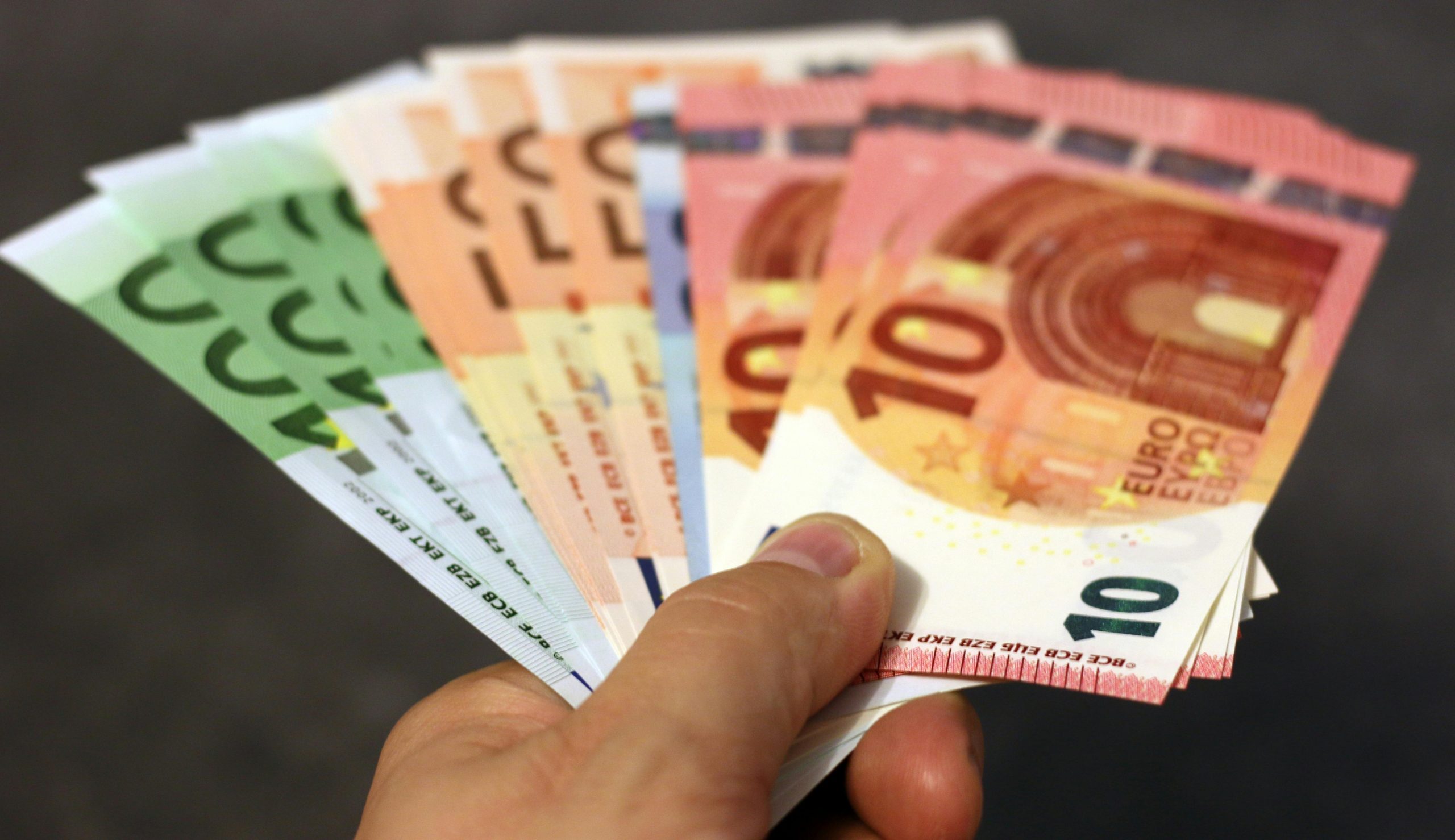Montenegro is one of Europe’s most picturesque and underrated destinations, attracting travelers with its Adriatic beaches, historic towns like Kotor and Budva, and unspoiled natural landscapes. But before you arrive, it’s important to understand how money works in Montenegro—especially since the country isn’t part of the European Union (yet) but uses the euro (€) as its official currency.
This guide covers everything you need to know about currency in Montenegro, including exchange rates, payment methods, ATM access, tipping culture, and practical money tips for travelers.
What Currency Does Montenegro Use?
Although Montenegro is not a member of the European Union or the Eurozone, it officially uses the euro (€) as its currency. This has been the case since 2002, when Montenegro unilaterally adopted the euro to stabilize its economy and simplify trade, even though it has no formal agreement with the European Central Bank.
- Currency name: Euro
- Currency code: EUR
- Symbol: €
- Coins: 1, 2, 5, 10, 20, 50 cents and €1, €2
- Banknotes: €5, €10, €20, €50, €100, €200, €500
This makes it easy for travelers from the Eurozone—no currency exchange is necessary.
Why Does Montenegro Use the Euro?
Montenegro previously used the Deutsche Mark (DM) during the 1990s, after the breakup of Yugoslavia. When Germany transitioned to the euro, Montenegro followed suit. While the country isn’t part of the EU or Eurozone, it continues to use the euro as its de facto currency. There are no Montenegrin-specific euro coins or notes—the country simply uses the standard ones minted across Europe.
Currency Exchange in Montenegro
If you’re coming from a country outside the Eurozone, you’ll need to exchange your money into euros. Fortunately, this is easy and can be done at:


- Banks
- Exchange offices (often marked as “Menjačnica” or “Exchange”)
- Airports
- Hotels (though rates are usually less favorable)
Tips for Currency Exchange:
- Avoid exchanging money at airports unless necessary; rates are typically less competitive.
- Check exchange rates in advance using apps or websites like XE.com.
- Always ask about commission fees, which can vary by location.
- Banks generally offer better rates than hotels or tourist shops.
ATMs in Montenegro
ATMs are widely available in cities, towns, and tourist destinations. Most accept international debit and credit cards, such as Visa, MasterCard, and Maestro.
Important ATM Info:
- ATMs usually offer instructions in English and other languages.
- Most machines allow withdrawals up to €200–€400 per transaction.
- Be aware of foreign transaction fees or ATM usage charges set by your home bank.
- Use ATMs located at bank branches for added security and reliability.
Using Credit and Debit Cards
Credit and debit cards are widely accepted in Montenegro, especially in:
- Hotels
- Restaurants
- Larger stores and supermarkets
- Car rental companies
- Gas stations
However, cash is still king in rural areas, small markets, local eateries, and for paying private accommodation hosts. Always carry some euros for:
- Street food or snacks
- Taxis and buses
- Entrance fees to churches or small museums
- Tips or gratuities
Some small businesses may also charge a minimum amount for card payments (e.g., €5 or €10).
Contactless Payments and Mobile Wallets
Many places now accept contactless payments, and the use of Apple Pay, Google Pay, and Samsung Pay is growing. That said, don’t rely entirely on your phone—have a backup card or cash, especially when heading into rural areas or national parks.
Tipping Culture in Montenegro
Tipping is appreciated but not mandatory in Montenegro. Here’s a basic guide:
- Restaurants: 5–10% of the bill, more for excellent service
- Bars and cafes: Rounding up or leaving small change is common
- Taxis: Not required, but rounding up is customary
- Hotels: A few euros for porters or housekeeping is appreciated
- Tour guides: €5–€10 per person, depending on the length and quality of the tour
Tip in cash when possible, as not all card payment systems allow for tips to be added.
Budgeting for Your Trip
Montenegro is still relatively affordable compared to other European destinations. Average daily expenses might include:
- Budget traveler: €40–€60/day (hostel, street food, public transport)
- Mid-range traveler: €80–€120/day (hotel, dining out, tours)
- Luxury traveler: €150–€250/day or more (high-end hotels, fine dining, private transfers)
Prices are typically higher in coastal towns during the summer season (June–August), particularly in Kotor, Budva, and Tivat.
Can You Use Other Currencies?
The euro is the only legal tender in Montenegro. You cannot use US dollars, British pounds, or other foreign currencies for purchases.
Some tourist-oriented businesses may accept payment in other currencies, but this is rare and the exchange rate will usually not be favorable.
Bringing Money Into Montenegro
There are no restrictions on the amount of money you can bring into Montenegro, but:
- Amounts over €10,000 (or equivalent in other currencies) must be declared at customs.
- Failure to declare large sums may lead to confiscation or fines.
If you’re carrying large sums of cash, keep records (like withdrawal slips or currency exchange receipts) to show the source of the funds if questioned.
Can You Use Traveler’s Checks?
Traveler’s checks are not commonly used or accepted in Montenegro. You may have difficulty finding places to cash them. For modern travel, credit/debit cards and ATM withdrawals are far more convenient.
Currency Scams and Safety Tips
Montenegro is generally a safe country, but always be aware of these tips:
- Avoid changing money on the street or with unlicensed vendors.
- Count your cash before leaving the counter at exchange offices.
- Always take your card receipt and check for any unexpected fees.
- Be cautious when using ATMs late at night or in isolated areas.
Keep some small denominations (€5s, €10s, and coins) for tipping, local buses, and small purchases, as many vendors may not have change for larger bills.
Future Changes: Will Montenegro Join the Eurozone?

Montenegro is officially a candidate for EU membership, and although there’s no confirmed date, it’s working through the accession process. Once it becomes a full EU member, the use of the euro may become formalized, and Montenegro would likely issue its own euro coins with national symbols, as other eurozone countries do.
Until then, Montenegro continues to use the euro independently, making travel easier for tourists from Europe and beyond.
Conclusion
Montenegro’s use of the euro makes it a convenient destination for European travelers and simplifies the travel experience for everyone else. With widespread ATM access, card-friendly businesses, and reasonable prices, managing money in Montenegro is straightforward—just be sure to carry some cash for small transactions and be mindful of exchange fees.
Whether you’re sunbathing on the Bay of Kotor, exploring medieval towns, or hiking in the north, having a basic understanding of Montenegro’s currency and payment practices will make your trip smoother and more enjoyable.









